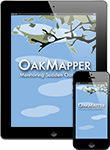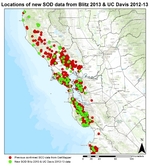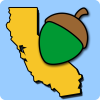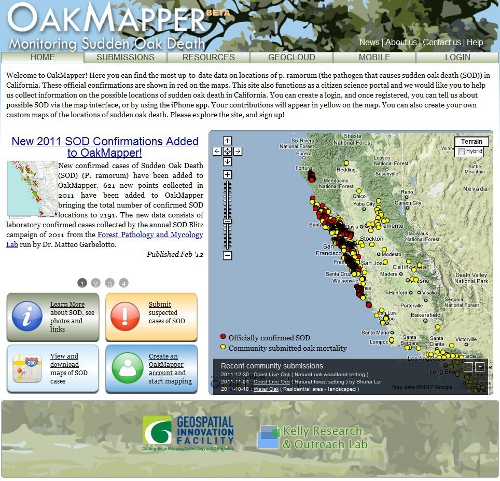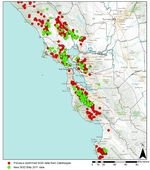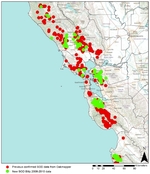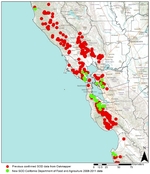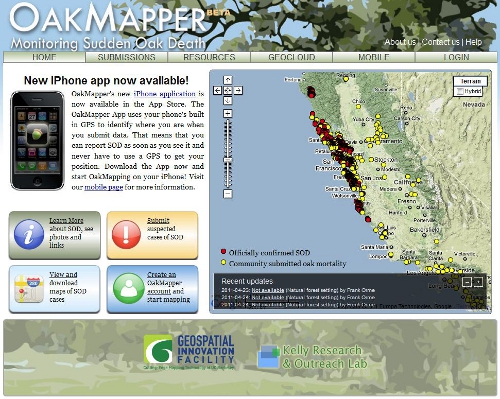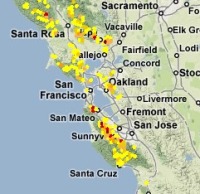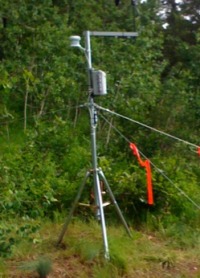UC ANR group wins extension award
/Several UC Cooperative Extension and UC scientists have been awarded the Western Extension Directors Association Award of Excellence for work to address the outbreak of sudden oak death in California. Led by Yana Valachovic, the group developed extension programming that achieved outstanding accomplishments, results and impacts in addressing this important issue. We were recognized for:
- understanding the issue and situation;
- working with stakeholders;
- having a research base and an extension focus;
- evidencing multidisciplinary and collaborative components;
- incorporating innovative approaches;
- achieving impacts; and
- developing scholarly products.
The people involved in the group award are: Yana Valachovic, Steve Swain, Matteo Garbelotto, Janice Alexander, Lisa Bell, Bendan Twieg, Dave Rizzo, Steve Tjosvold, David Lewis, Doug McCreary, Katie Palmieri, Kerri Frangioso, Jim MacDonald, Ellie Rilla, Maggi Kelly, Rick Standiford, Chris Lee, Doug Schmidt, Brice McPherson, and Richard Dodd.
